Introduction to the University of Liberia:
Introduction
The University of Liberia is the oldest university in Liberia and one of the oldest universities in West Africa. It is a public comprehensive university with a long history. It plays an important role in the field of higher education in Liberia and has trained a large number of outstanding talents for the country.
Overview
Establishment time: Founded in 1862 as the Liberian College and became a full university in 1951.
Institutional nature: public university.
Student size: about 18,000 students.
Campus distribution: There are four campuses, namely the Capitol Hill campus in Monrovia, the Fendall campus in Louisiana outside Monrovia, the medical school campus in Congo City, and the Straz-Sinje campus in Sinje, Grand Cape Mount County.
Course settings: A wide range of courses are offered, including medicine, engineering, humanities, etc.
History
In 1847, Liberia declared independence from the American Colonization Society. In 1851, the new national legislature authorized the creation of a state college and chartered the Liberian College.
The school was inaugurated in 1862 and classes began in 1863.
In 1951, with the help of President J. Max Bond, Sr. and Dean Anna E. Cooper, the Liberian College was transformed into the University of Liberia. In the same year, the School of Law was established and named after Louis Arthur Grimes, the former Chief Justice of the Supreme Court of Liberia.
In 1968, the University added the School of Medicine.
Due to civil unrest, the University of Liberia was closed several times, including in 1979, 1984 and 1990.
In 2007, the American Bar Association funded the renovation of the Law School.
School Strength
Faculty: It has 331 academic staff, including experienced professors and experts.
Teaching Facilities: The school has teaching facilities such as libraries, laboratories, and computer centers, providing students with a good learning environment.
Educational philosophy
Committed to academic excellence, focusing on cultivating students' professional skills and comprehensive qualities, so that students can quickly adapt to the needs of society and the workplace after graduation, and contribute to the development of the country and the progress of society.
Key laboratories and disciplines
Key disciplines: Law, agriculture and forestry, science, social sciences, business, etc. are the school's advantageous disciplines.
Key laboratories: There is currently no public information mentioning the school's key laboratories.
Faculty
The school has multiple faculties, such as the School of Law, the School of Agriculture and Forestry, the School of Science, the School of Social Sciences, the School of Business, etc.
Ranking
The comprehensive ranking in the world is relatively low, but it has an important position in Liberia.
Expenses
There is currently no public specific tuition information, but as a public university, the tuition is relatively low.
Campus environment
The campus is shaded by trees and has a beautiful environment, providing students with a good learning and living environment. The school's teaching facilities and living facilities are all available to meet the daily needs of students. The architectural styles of different campuses are different. Some campuses have historic buildings, while others are modern buildings.
-
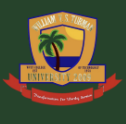
William V. S. Tubman University
-
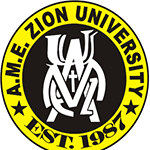
African Methodist Episcopal Zion University
-
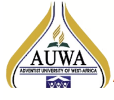
Adventist University of West Africa
-
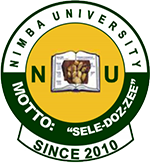
Nimba University
-
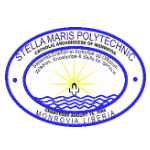
Stella Maris Polytechnic University
-
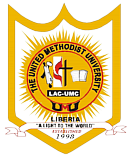
United Methodist University
-
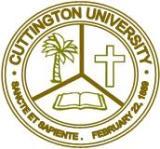
Cuttington University
-

African Methodist Episcopal University
-
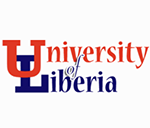
University of Liberia
-

Mesoamerican University
-

Istmo University
-

Mariano Galvez University of Guatemala
-

Regional University of Guatemala
-

Galileo University
-

Francisco Marroquín University
-

Rafael Landívar University
-

University of the Valley of Guatemala
-

University of San Carlos of Guatemala
-

Technological Institute of Tlaxcala Plateau
-

Golfo University
-

Technological University of South Sonora
-

Technological University of Huejotzingo
-

Tizimín Institute of Technology
-

Chilpancingo Institute of Technology
